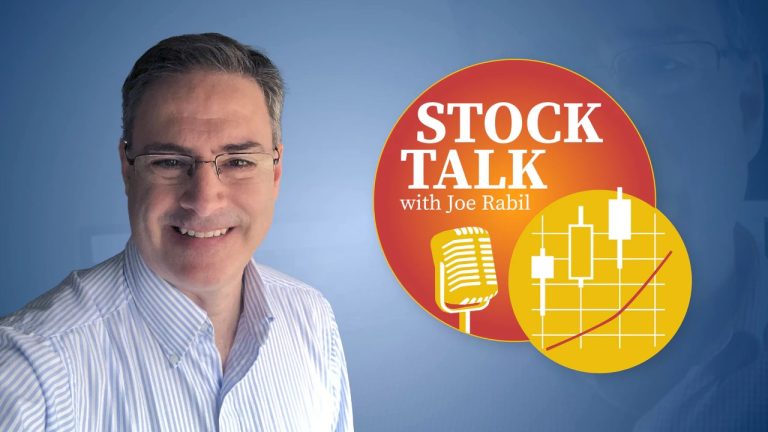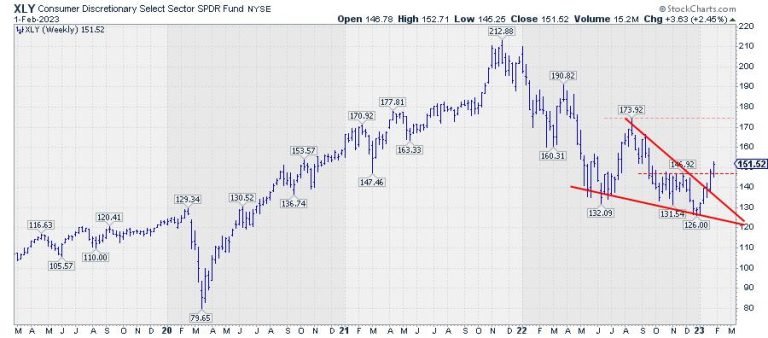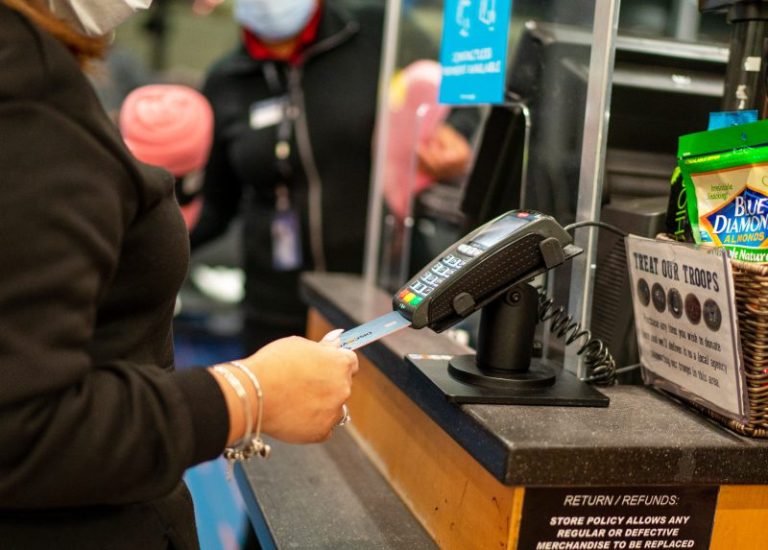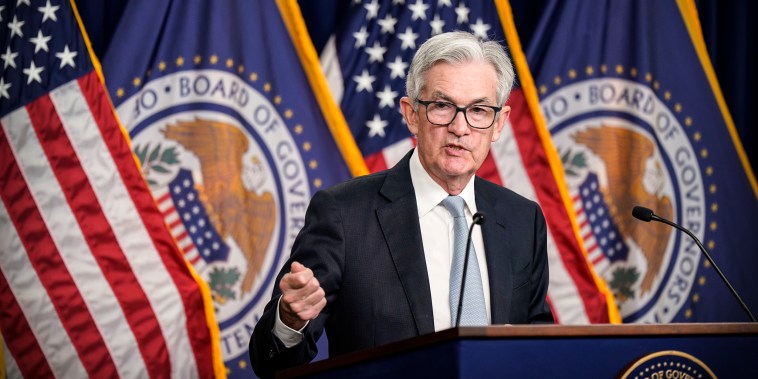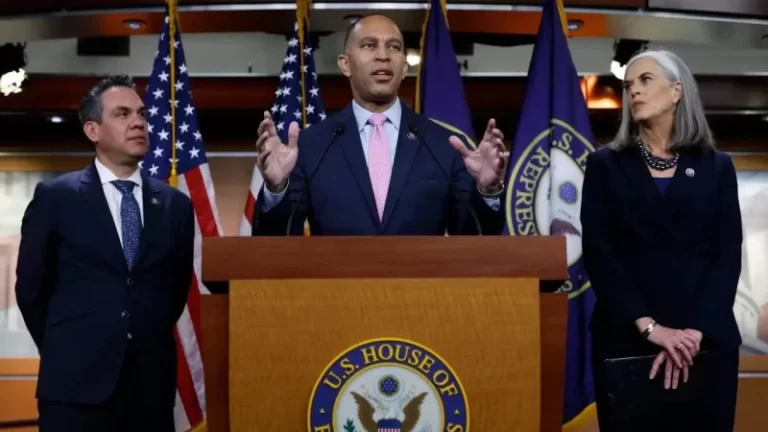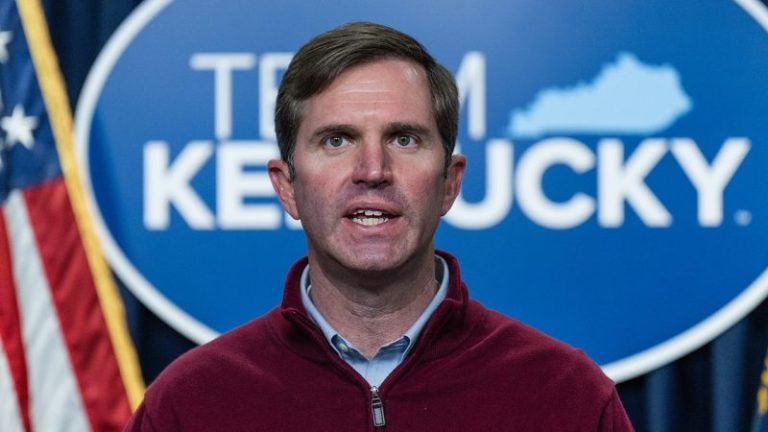The Federal Reserve is still raising interest rates, meaning homebuyers will still face high mortgage rates after a rough 2022 for the housing market.
The past year has been a rollercoaster ride for homebuyers and sellers alike. In early 2022, homes in Atlanta were getting as many as 32 offers with bids averaging $85,000 over asking price, according to one real estate agent based in the fast-growing city.
“We were getting one, two offers towards the summer,” said Courtney Phillips of EXP Realty.
But by the fall, mortgage rates had more than doubled from the start of the year, as the Fed began raising interest rates to tackle surging inflation.
“And then it just kind of slowed,” Phillips recalled, “where you’re on the market a couple of weeks and you get one really strong offer at list price.” By November and December, she said home sellers were cutting prices.
While cheaper list prices could help push more would-be buyers off the sidelines across the country this year, pressure on the slowing housing market is unlikely to let up anytime soon.
The Fed lifted interest rates by 0.25% on Wednesday, a move that increases the borrowing costs consumers face on everything from home mortgages to auto loans and credit card payments. And Fed Chairman Jerome Powell signaled that the central bank may not be done raising rates as it continues to deliberately slow the economy to cool inflation, which is currently pacing at a yearly rate of 6.5%.
“We expect ongoing hikes will be appropriate,” Powell told reporters Wednesday afternoon, later adding, “I don’t see us cutting rates this year.”
Mortgage rates do not move directly in line with the Fed’s rate-setting decisions, but experts say high mortgage rates are unlikely to come down dramatically through much of 2023. While rates have been ticking down slightly from recent highs, economists at Fannie Mae expect 30-year fixed mortgage rates to end the year at 6%, little reprieve from the 6.13% recorded on Jan. 26.
“We’re past the 3% era,” said Odeta Kushi, deputy chief economist at First American, which provides title insurance to real estate transactions.
Those high interest rates have weighed on sellers, who watched a hot housing market fizzle, as well as on buyers who might otherwise want to take advantage of falling prices.
Existing home sales tumbled over the course of last year, from an annualized rate of 6.5 million homes in January 2022 to a little over 4 million in December — the slowest pace since 2010. And home prices notched their fifth straight monthly decline last November, the S&P CoreLogic Case-Shiller National Home Price Index showed this week, reflecting slower demand in a climate of pricier mortgages.
Homebuilders are also growing concerned about cascading cancellations of home-purchasing deals under contract, a sign that some prospective buyers are balking. KB Homes reported a 68% cancellation rate in the fourth quarter of last year, substantially higher than normal and above the rates observed during the 2008 financial crash.
“While we recognize that price is the most effective sales lever to generate new orders, we also know that if we lower the base price in the community on new sales, many buyers in backlog will expect to receive a similar reduction, regardless of the rate in which they may have locked their loan,” KB Homes Chief Operating Officer Rob McGibney said on a Jan. 11 earnings call.
There are signs that the drop in home sales may have bottomed out, as the slight retreat from 7% mortgage rates lures some prospective homebuyers back into the market. Mortgage applications are up 28% from early November, and real estate company Redfin noted in January that bidding wars are popping up in markets like Seattle and Tampa, Florida.
Still, Kushi points out that prices will have to be attractive for homebuyers to take on interest rates that remain elevated. Home sellers have already resorted to mortgage buydowns — a type of deal allowing buyers to secure lower rates, at least in the first few years of homeownership — or concessions like new appliances to persuade buyers to sign on the dotted line.
“We’re likely to see more price declines to allow the housing market to rebalance fully,” Kushi said.
In Atlanta, Phillips said there are signs of a recovery as homebuyers have started coming back into the market in recent weeks. But as is always the case with real estate, she said, it depends on the property.
“If the home is priced correctly, and it’s presenting well and it’s in a great area, then you’re getting multiple offers,” she said. “Otherwise, it is sitting.”
This post appeared first on NBC NEWS


